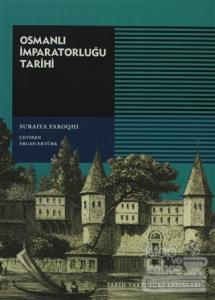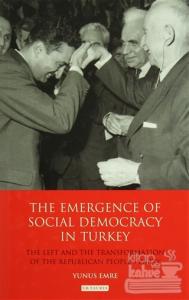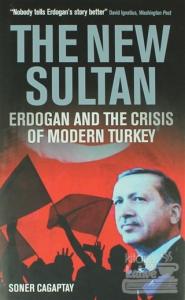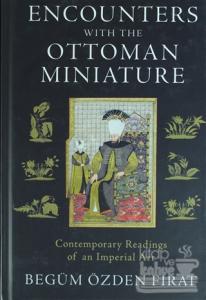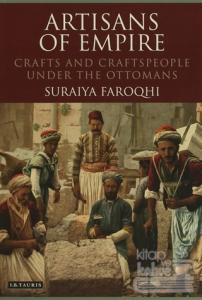
The manufacture and trade in crafted goods and the men and women who were involved in this industry-including metal workers, ceramicists, silk weavers, fez-makers, blacksmiths, and even barbers-lay at the social as well as the economic heart of the Ottoman empire. This comprehensive history by leading Ottoman historian Suraiya Faroqhi presents the definitive view of the subject, from the production and distribution of different craft objects to their use and enjoyment within the community.
Succinct yet comprehensive, Artisans of Empire analyzes the production and trade of crafts from the beginning of the 16th century to the early 20th century, focusing on its history, politics, and culture. Production methods, the organization of trade guilds, religious differences, the contribution of women, and the structure of the Ottoman economy all come under scrutiny in this wide-ranging history that combines keen analysis with descriptions of the beautiful and sometimes unknown works of Ottoman artisans.
Faroqhi sheds new light on all aspects of artisan life, setting the concerns of individual craftsmen within the context of the broader cultural themes that connect them to the wider world. Combining social, cultural, economic, religious, and historiographical insights, this will be the authoritative work on Ottoman artisans and guilds for many years to come.
The manufacture and trade in crafted goods and the men and women who were involved in this industry-including metal workers, ceramicists, silk weavers, fez-makers, blacksmiths, and even barbers-lay at the social as well as the economic heart of the Ottoman empire. This comprehensive history by leading Ottoman historian Suraiya Faroqhi presents the definitive view of the subject, from the production and distribution of different craft objects to their use and enjoyment within the community.
Succinct yet comprehensive, Artisans of Empire analyzes the production and trade of crafts from the beginning of the 16th century to the early 20th century, focusing on its history, politics, and culture. Production methods, the organization of trade guilds, religious differences, the contribution of women, and the structure of the Ottoman economy all come under scrutiny in this wide-ranging history that combines keen analysis with descriptions of the beautiful and sometimes unknown works of Ottoman artisans.
Faroqhi sheds new light on all aspects of artisan life, setting the concerns of individual craftsmen within the context of the broader cultural themes that connect them to the wider world. Combining social, cultural, economic, religious, and historiographical insights, this will be the authoritative work on Ottoman artisans and guilds for many years to come.




